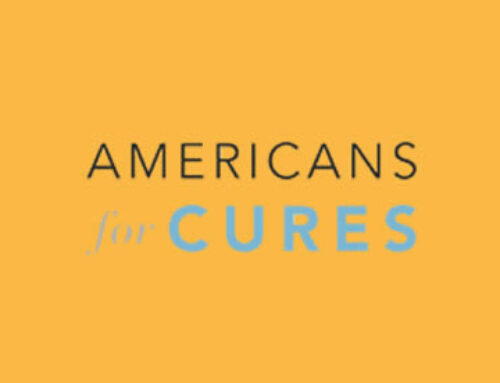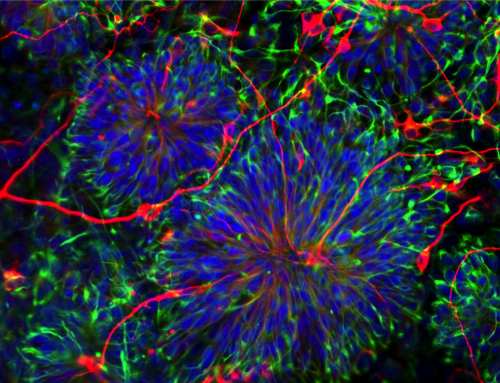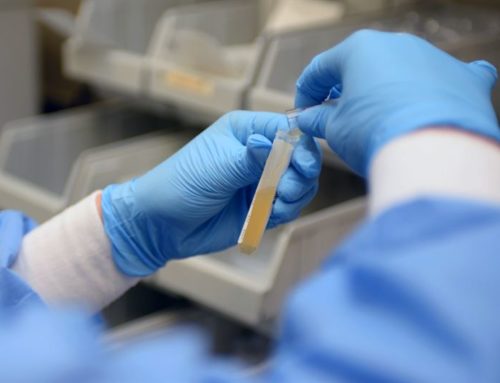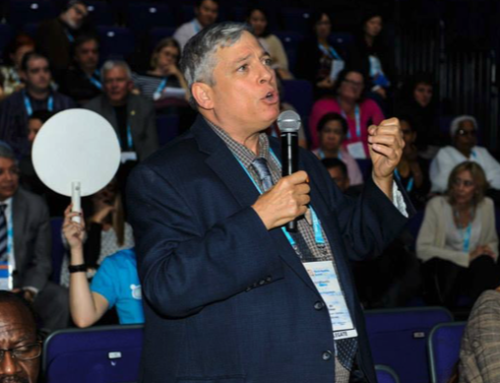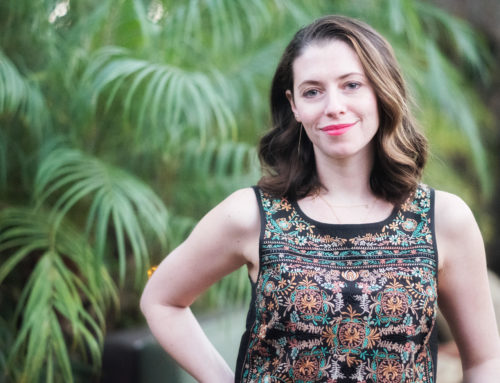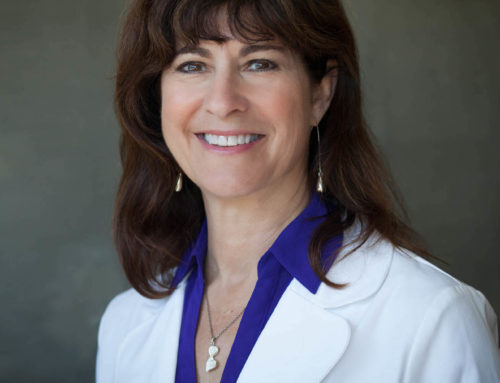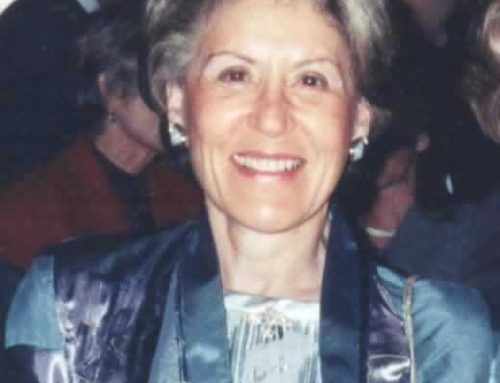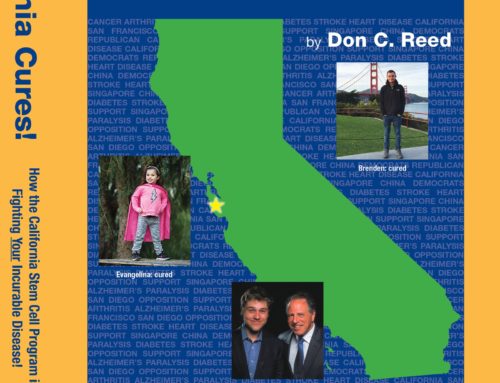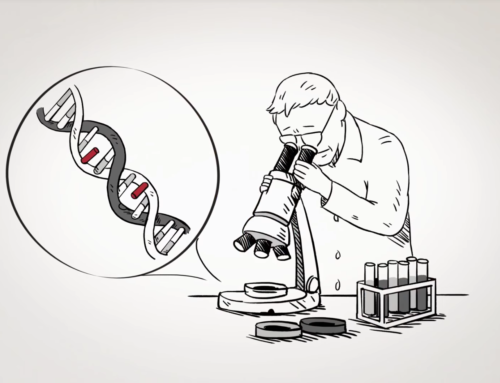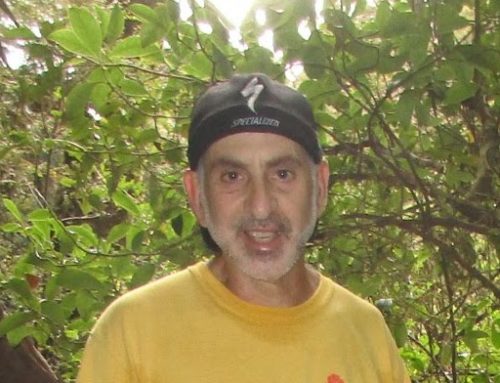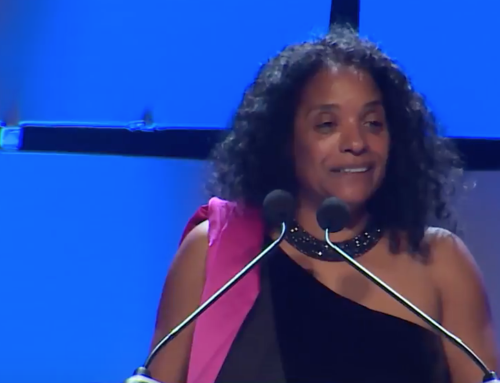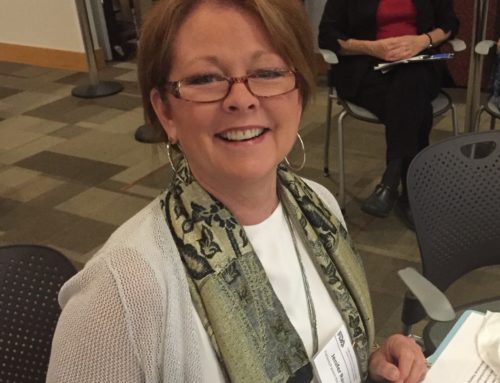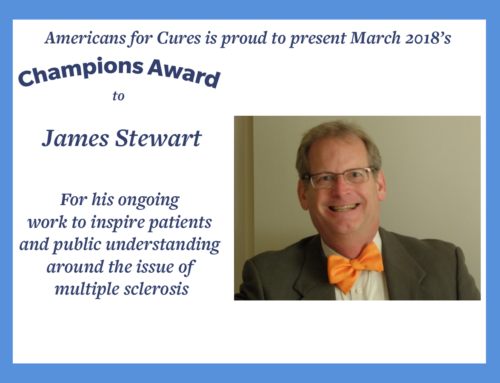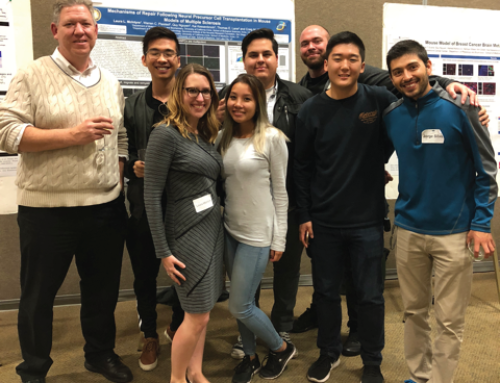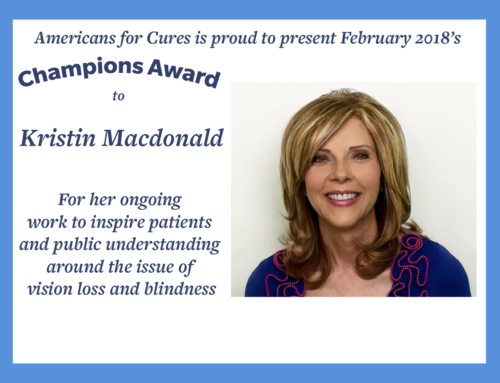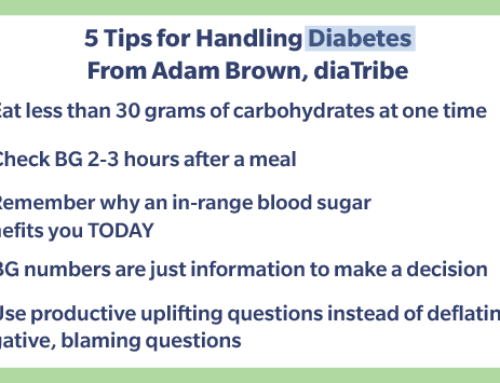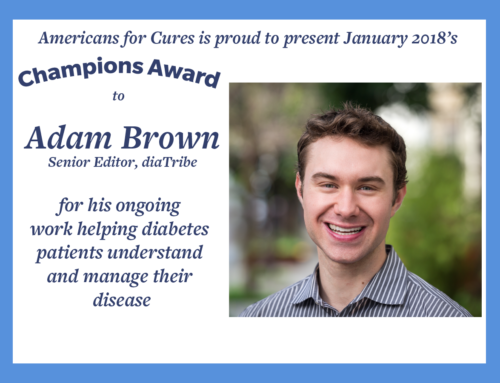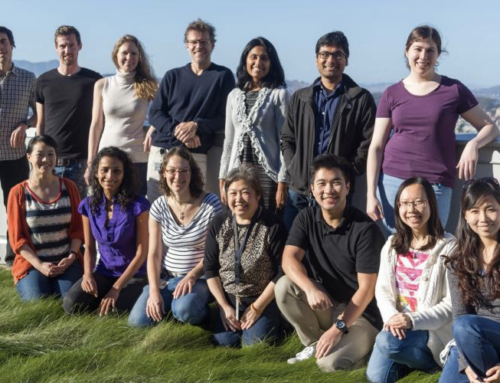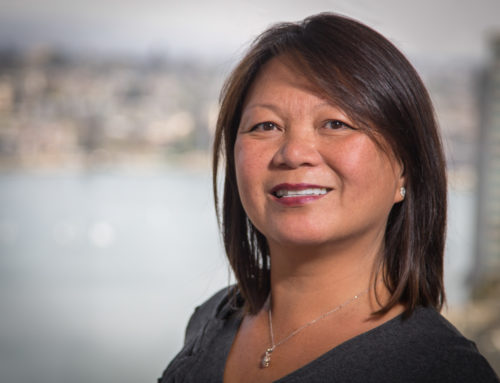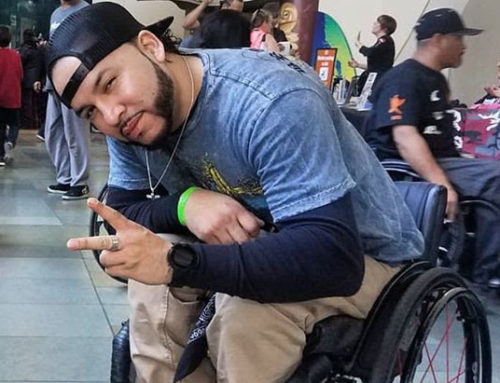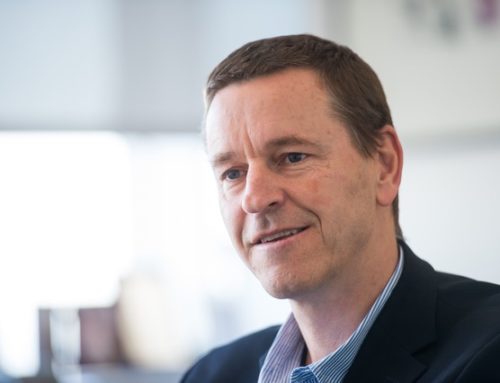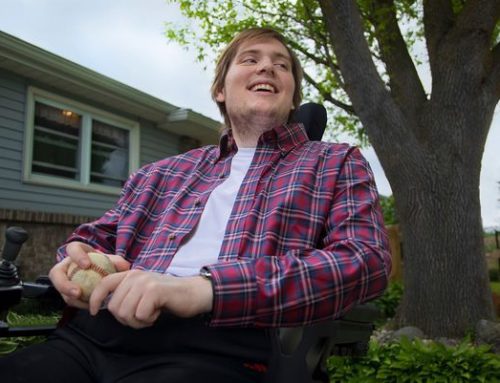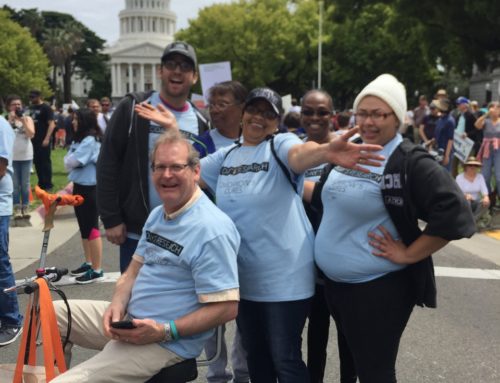First, for readers wanting more information on ALS, the subject of one of my previous pieces, let me refer you to an outstanding article by Dr. Karen Ring of the California Institute for Regenerative Medicine, a champion science writer.
Now: stem cell decision-making? Having no conscious will of their own, stem cells of course cannot “decide” anything.
And yet they do, and those microscopic “decisions” affect our lives.
First, a science word for the day: Hematopoietic (blood) Stem Cells: HSCs for short.
“Every day, HSCs generate millions of red blood cells, platelets and immune cells. But the number and types of cells that are needed are not always the same, which is important…too many red blood cells, for instance, can thicken the blood and make strokes or heart attacks more likely…”—C. Forsberg, Ph.D.
Ten years ago, Dr. Camilla Forsberg, then a brand-new assistant professor at the University of California at Santa Cruz, received a grant for two million dollars to study how the HSCs in mice decided their fate. The grant came from the California Institute for Regenerative Medicine (CIRM), the California stem cell program.
Could mouse blood be worth $2,000,000.00? Seems unlikely at first. However, the work that Dr. Forsberg’s group performed using the CIRM funds led to new discoveries and was considered so important that it received additional grants of over seven million dollars (so far!), primarily from the National Institutes of Health (NIH), but also from the American Cancer Society, Alex’s Lemonade Stand Foundation— and the American Asthma Foundation.
Why asthma? Think of a human baby in the womb. He/she has no need for an active immune system, because the mother’s immunity protects the unborn child. The womb is the safest environment imaginable. But then one day comes the shock of change.
When the baby enters the world, he/she is “exposed to insults and challenges, viruses, infections and bacteria,” said Dr. Forsberg in a phone interview, adding:
“The development of immune cells from HSCs may predispose you to certain diseases like asthma or various allergies—or protect you from them,” she said. The Forsberg Lab is testing that, using a novel population of HSCs.
Asthma may not sound like much, but it can be a wheezing choking fight for every breath. I remember being a 6-year-old in a hospital bed, with relatives gathered around, waiting for me to kick the bucket. You will be relieved to learn I did not die—but for years that miserable condition made my life difficult, not un-loosening its claws from my chest until well into my teens.
What caused my asthma? Possibly exposure to house dust. My mother was one of the world’s worst housekeepers (a talent I share) apparently believing that dirty clothes on the floor already had a home, so why disturb them?
My wife Gloria feels the opposite, which is why our house is immaculate (except for my study) and perhaps why I do not have asthma attacks any more.
But if I was not allergic to house dust, I might have skipped the asthma.
How did I get that allergy? At some point, inside my body’s bone marrow, the stem cells had chosen a certain direction, like turning right or left when the path divides.
Incidentally, first-world countries like America are more prone to asthma than less developed ones—why is that? The answer may be found in research like Dr. Forsberg’s.
There is also a stem cell fate decision that affects us all.
Age. As our bodies grow older, and begin to break down, part of that process is the change in our stem cells’ fate: the microscopic decisions that affect our lives.
Is it possible our stem cell decision-making may one day be “tweaked”, so that we age more gracefully, and with less pain? (for more on aging research, follow this series.) Again, the blood of mice may hold the answer.
Not only did Dr. Forsberg’s CIRM-sponsored research bring in seven million dollars to California, new money to the state, but it also paid off in people power.
Since starting her lab at UCSC in 2007, over 50 trainees have worked and learned there: undergraduate and graduate students, post-doctoral fellows, and other research scientists.
Among these are such promising stem cell biologists as Anna Beaudin, now assistant professor at UC Merced.
Such lives are, like a good stem cell, decisions for the fight to bring cures.
This post originally appeared on HuffPost.
Don C. Reed is Vice President of Public Policy for Americans for Cures, and he is the author of the forthcoming book, CALIFORNIA CURES: How California is Challenging Chronic Disease: How We Are Beginning to Win—and Why We Must Do It Again! You can learn more here.





